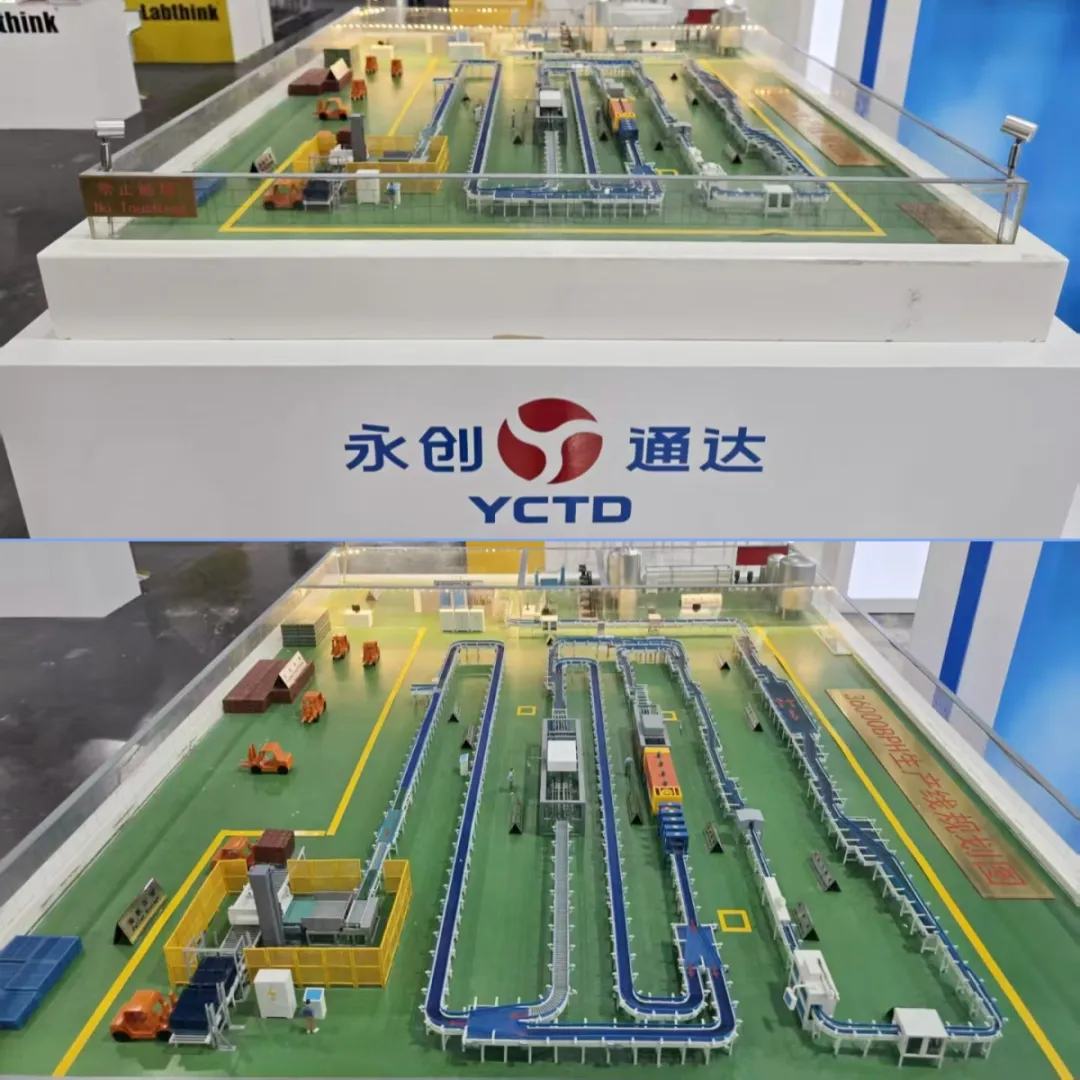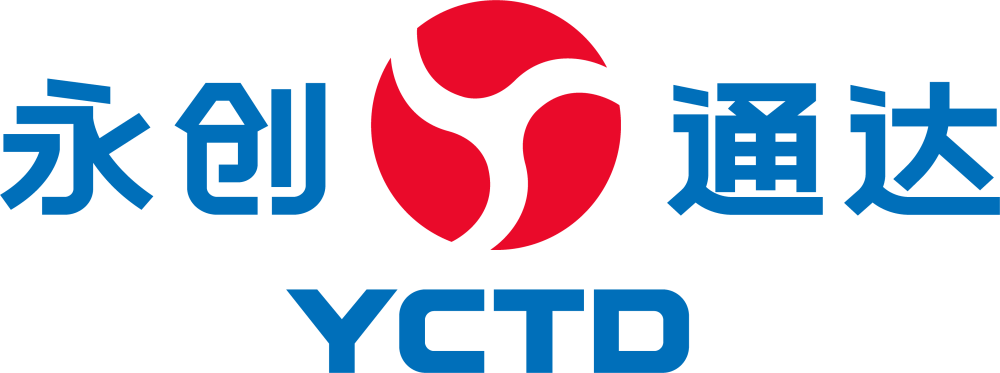Improving Throughput in Beverage Line Production Systems
When a facility aims to meet increasing consumer demand, bottlenecks in liquid handling and packaging can significantly impede output. Streamlined design of filling, capping, and labeling stations ensures uninterrupted flow. By positioning pumps, tanks, and conveyors with minimal buffer distances, operations maximize production uptime and reduce cycle variation. Optimizing process layout in beverage line production systems requires evaluating actual line speed against designed capacity, adjusting machine parameters to match real-world conditions and eliminate hidden slowdowns.
Aligning Equipment Capacity with Demand
Assigning each module a throughput rating that exceeds peak requirements adds a safety margin against unexpected surges. Machines capable of handling 10–20 percent more containers per minute than average line speed help accommodate minor fluctuations without halting. Such capacity alignment within beverage line production systems minimizes the need for frequent changeovers and ensures that upstream and downstream modules operate in concert, reducing idle time and improving overall equipment effectiveness.
Implementing Real-Time Monitoring Dashboards
Integrating sensors at critical points—such as fill nozzles, torque heads, and label applicators—provides live feedback on performance metrics. Dashboards display fill accuracy, cap torque consistency, and label placement rates, enabling operators to address deviations immediately. This continuous visibility prevents small anomalies from escalating into major stoppages and helps maintain consistent quality across extended shifts.

Optimizing Material Handling and Flow
Just-In-Time Ingredient Delivery Systems
Automated dosing systems, linked directly to recipe management software, release syrups, water, and additives precisely when needed. Flow meters and load cells verify correct volumes, preventing overflows and contamination. By timing deliveries to coincide with blending cycles, beverage line production systems avoid holding large inventories on the line, cutting down on sterilization requirements and simplifying cleaning operations.
Flexible Container Supply Mechanisms
Vibratory feeders, star wheels, and conveyor accumulators supply bottles, cans, or pouches to fillers at controlled rates. Adjustable guide rails and photoelectric sensors manage variations in container size and speed, preventing jams and misfeeds. Modular buffer zones temporarily store excess containers during short stoppages, allowing downstream equipment to clear before refilling, maintaining a continuous material flow.
Core Equipment and Module Selection
High-Precision Filling Technologies
Aseptic and rotary fillers equipped with servo-driven valves deliver exact volumes for both still and carbonated drinks. Hygienic design with stainless steel contact parts and CIP-compatible components ensures rapid changeovers between product runs. Beverage line production systems that employ volumetric or mass-flow fillers achieve consistent fill levels, reducing give-away and meeting regulatory standards for labeled quantities.
Advanced Capping and Sealing Heads
Capping systems featuring torque monitoring and adjustable heads guarantee leak-free seals. For twist-off, snap-on, or snap-fit closures, automatic verification sensors check torque values and cap presence before containers exit the capping zone. These precision capping modules integrate seamlessly into beverage line production systems, maintaining package integrity and shelf life for diverse product lines.
Automation and Control Architecture
Centralized PLC and HMI Integration
Programmable logic controllers (PLCs) with redundant hot-swappable modules drive I/O operations for each station. Touchscreen human-machine interfaces (HMIs) allow operators to select product recipes, adjust fill volumes, and monitor alarms. Built-in recipe management features enable quick recall of setup parameters, minimizing downtime during product transitions and ensuring each run meets specification.
Distributed Intelligence and Edge Computing
Embedding microcontrollers and edge devices within key modules—such as filling heads and labeling stations—allows local decision-making for critical functions. Real-time control loops for temperature, pressure, and torque operate with minimal latency, while aggregated data streams to cloud platforms for analytics. This distributed intelligence enhances responsiveness and resilience, key characteristics of high-performing beverage line production systems.
Scalability and Modular Growth Strategies
Skid-Mounted Module Integrations
Self-contained skids for mixing, heating, or CIP operations can be added or replaced independently, reducing installation time. Standardized mechanical, electrical, and pneumatic connections ensure plug-and-play capabilities. Skid-mounted modules streamline project timelines and allow phased expansions in beverage line production systems, matching investment to actual demand growth.
Quick-Changeover Components for Format Variability
Rapid adjustment kits for fill heads, star wheels, and label applicators support frequent format changes. Tool-free mountings, color-coded guides, and stored PLC recipes accelerate transitions. By minimizing mechanical adjustments and leveraging pre-programmed parameters, beverage line production systems lower format changeover times from hours to minutes, supporting agile production cycles.
Maintenance Best Practices and Reliability
Predictive Maintenance and Health Monitoring
Vibration sensors on motors and pumps detect early signs of bearing wear. Thermal imaging cameras periodically scan electrical cabinets and heat exchangers for hot spots. Data from these tools feed predictive algorithms that forecast service intervals. By replacing components before failure, facilities avoid unscheduled stoppages and maintain high line availability.
Spare Parts Optimization and Inventory Control
Critical components—such as valve spindles, nozzles, and seals—are identified through failure mode analysis. Maintaining a targeted stock of high-impact spares ensures rapid repairs. Vendor-managed inventory programs and local stocking locations reduce lead times and improve responsiveness when replacements are needed in beverage line production systems.
Sustainability and Compliance Frameworks
Energy Recovery and Water Conservation
Heat exchangers capture pasteurization heat to preheat incoming fluids, reducing boiler and chiller loads. Variable-frequency drives on pumping systems align power usage with real-time demand, curbing electricity consumption. Closed-loop water systems and optimized CIP cycles lower water usage and wastewater volumes, enhancing the facility’s environmental profile.
Adherence to Food Safety and Environmental Regulations
Beverage line production systems incorporate hygienic design principles—such as 3-A sanitary standards and EHEDG guidelines—to facilitate effective cleaning and minimize contamination risks. Comprehensive traceability systems track ingredients, batch records, and packaging materials in compliance with FDA, EU, and local regulations, ensuring that every product meets safety benchmarks.
Emerging Innovations and Future Trends
Collaborative Robotics and Adaptive Automation
Cobots designed for palletizing, case packing, and quality inspection work alongside human operators, adjusting to variable speeds and tasks. Vision-guided robots remove defective products and perform cut-and-stack operations with precision. Integrating collaborative robotics into beverage line production systems enhances throughput and reduces ergonomic risks.
Digital Twin Modeling and AI-Driven Optimization
Creating virtual replicas of production lines allows engineers to test process changes and optimize layouts before physical implementation. AI algorithms analyze sensor data to identify bottlenecks and recommend parameter adjustments. These digital twin frameworks empower continuous improvement, ensuring beverage line production systems evolve with minimal downtime.
FAQ
What factors drive efficiency in beverage line production systems?
Equipment synchronization, real-time monitoring, and strategic layout all contribute to smooth operations and high uptime.
How can manufacturers scale production without major line overhauls?
Skid-mounted modules and quick-changeover kits enable capacity expansions and format shifts with minimal installation time.
What maintenance approaches ensure reliability?
Predictive maintenance using vibration and thermal analysis combined with targeted spare parts stocking prevents unexpected breakdowns.
Which emerging technologies are most impactful for future-proofing lines?
Collaborative robots and digital twin simulations offer significant gains in flexibility, quality control, and continuous optimization.
Table of Contents
- Improving Throughput in Beverage Line Production Systems
- Optimizing Material Handling and Flow
- Core Equipment and Module Selection
- Automation and Control Architecture
- Scalability and Modular Growth Strategies
- Maintenance Best Practices and Reliability
- Sustainability and Compliance Frameworks
- Emerging Innovations and Future Trends
- FAQ

